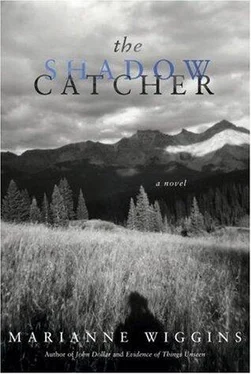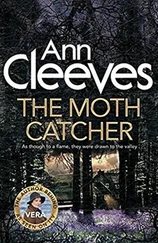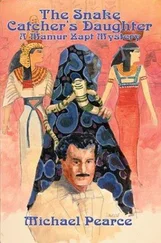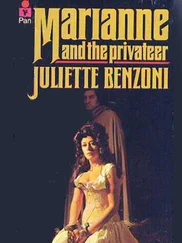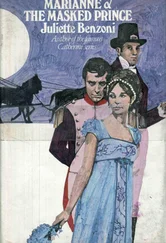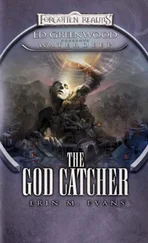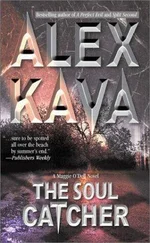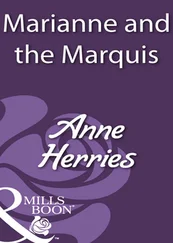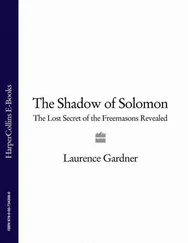When I’m out in the Dakotas or in places like Marathon, Texas, where the main streets of the towns have only one side and the train tracks run like a parallel street past the buildings, my favorite two games to play are Fry the Penny and Catch the Vanishing. I don’t know whether it’s the heat, the weight or the speed of the passing train that fries the penny I put down on the track but that damn coin comes out looking like it’s been to hell and back. Catch the Vanishing is an exercise of hide and seek, and one I can do anywhere with a flat unbroken view of the horizon, but it’s at its best on a train track because of the illusion that the vanishing point — toward which one can walk forever but never catch —is the point of union where two lines come together, join, as if the past might unite, somewhere, with the future. I look West down the long rail now to a point where it seems to disappear and think of Curtis Edwards, and of Edward Curtis, too. Edward Curtis thought the Indians were vanishing — he called them The Vanishing Race. He based most of his conclusions on that error of fact and photographed them with a false solemnity appropriate to his belief that they were expiring in front of him. That’s part of why he made them look so beautiful — it was his funerary legacy to them. We think today that his accomplishment was to have captured all their faces in the midst of life, but, really, he believed that he was making images of people on the brink of their extinction, capturing them in death, at a moment when they were passing from one way of being to non-.
As the Colonel watched his father pass this morning.
For reasons that only a bureaucratic mind could understand, both he and I, as the deputed closest living relative on record, had to sign the hospital paperwork after Curtis Edwards died.
We waited in the corridor together.
“Can I ask you something—?” I began. “Do you ever dream you’re flying?”
“—doesn’t everybody?”
“—no, I mean: you really fly . So I wonder if your dreams are different from, say, someone else’s. Your father, for instance. Do you think your father ever dreamed that he was flying?”
He stared at me.
“That’s not what you want to know.”
“—it is . Because sometimes I dream I’m flying in across the whole United States…”
“That’s not what you want to know ,” he said again. “You don’t want to know if I dream of flying.”
“—no, I really do, I—”
“Your father hung himself. You want to know what he was dreaming, when he jumped.”
When the papers came for us to sign I watched the Colonel tick the box for CREMATION on the form that designated where the hospital should send the body.
“I think that’s best, under the circumstances, don’t you?” he asked.
I couldn’t answer.
“I don’t see him lying in the ground beside my mother for eternity.”
“What are you going to — What will you do with the ashes?”
“I figured I would take him up .”
He pointed.
“—in a small plane. Or a chopper. Like the one he gave me.”
“Where will you—?”
“I was thinking over railroad tracks. Or maybe over here, over Las Vegas. We lived here, fifteen years, within miles of each another, and never knew it. I guess I will decide when I get up there. Want to come?”
Maybe I should wait to enact the Indian ritual until I go back to Vegas when the Colonel and I release his father’s ashes into the atmosphere but standing here in Barstow on the train tracks I have another idea about what to do with Lester’s medicine smoke.
Forest Lawn.
They close the gates at sunset so I drive as if on a vision quest, stopping only once, for gas, and hit the Glendale exit while the sun is still high enough to burnish this California town with bold strokes of gold.
No one stops me to check my I.D. at the gate, no one asks to look inside my car, the security for visiting the dead is non-existent and I encounter no other cars as I wind my way, slowly, up the carefully landscaped road to where I know he is, by memory, surrounded by Harold, Florence, Beth and Katherine under a stately Norfolk pine.
I take Lester’s packet and rummage for matches in the earth-quake kit I keep in my car, then I go to sit beside his grave to start this ritual.
Pine needles and other debris have gathered on the nameplate set into the earth, littering his name LOVING FATHER, and as I clean the litter with my hands I speak to him, You’re going to like the smell of this, old man, you’re going to be reminded of those places you lit out to .
They want to make a movie about you —set you out there on a horse against the wild. I bet you’d like to shoot it, wouldn’t you? All those beauty shots. And yet not once in your life did you ever photograph an Indian when he or she was laughing, eating, embracing, kissing — not once in your whole life did you ever photograph them all as if to say, This is who we were, and we were happy .
I peel back a bit of newspaper and take a few dry leaves and rub them in my hands, releasing the aroma of wet clay, baked earth, the green heart of fragrant growth buried in a desiccated stem.
I draw the sheet of newspaper from the bundle of bound leaves and then, around their stalks, I see the bracelet.
The shadow catcher .
“Oh, Lester,” I say out loud.
I slip it from the stalks and place it on the grave marker and light the leaves and blow on them until a fragile thread of smoke twists upward toward the tree above.
I watch the smoke braid and rise into the tree, a shadow branching growth, a ghost, and I think about the ways that lives can intertwine, the way one life touches on another, our lives and all the lives of others a long continuous thread — a train — of independent yet contiguous actions.
I slide my hand inside the bracelet.
If this were Hollywood there would be a whistle rising in the distance now, moving slowly toward me, the inimitable sound of train , a sound my nation makes, but instead there is the stubborn uninterrupted susurration of lives stirring from their shadows toward sustaining light.
And I feel safe.
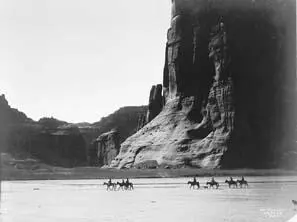
DESCRIPTION
Edward S. Curtis, Piegan Encampment (NAI, Vol. VI). Library of Congress.
Edward S. Curtis, Sun Dance Encampment — Piegan (NAI, Vol. VI). Courtesy Northwestern University Library.
Edward S. Curtis, Navaho (NAI, Vol. I). Library of Congress.
Edward S. Curtis, Red Cloud — Oglala (NAI, Vol. III). Library of Congress.
Found photograph. Collection of Author.
ESC: R.I.P . Collection of the Author.
Reds. Collection of the Author.
Edward S. Curtis, Waiting in the Forest — Cheyenne (NAI, Vol. VI). Library of Congress.
Edward S. Curtis, Watching the Dancers (NAI, Vol. XII). Library of Congress.
Found photograph. Collection of the Author.
John Wiggins’s Civil War Discharge/recto. Collection of the Author.
John Wiggins & Mary Book. Collection of the Author.
Edward S. Curtis, Canon de Chelly — Navaho (NAI, Vol. I). Library of Congress.
Edward S. Curtis, Wishham Bride (NAI, Vol. VIII). Library of Congress.
Found photograph. Collection of the Author.
Edward S. Curtis, Canon de Chelly — Navaho (mirror image of the original, NAI, Vol. I). Library of Congress.
Читать дальше
